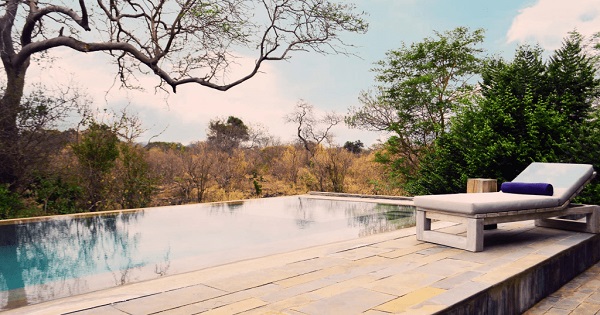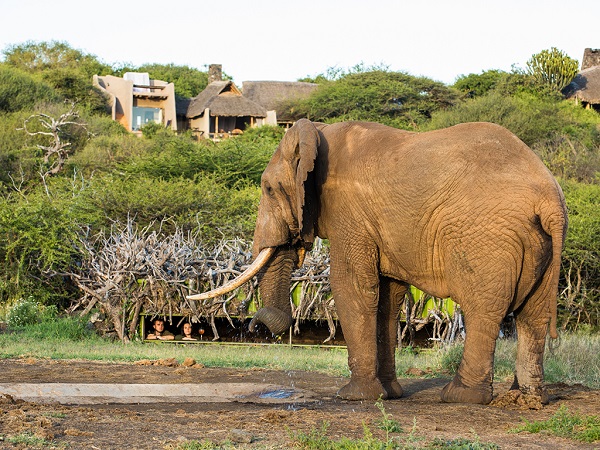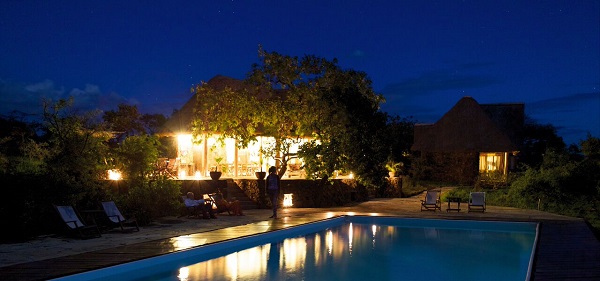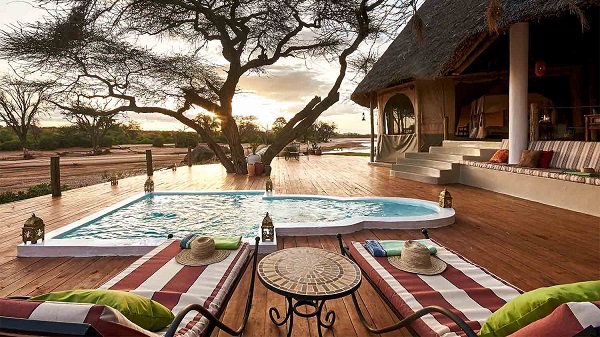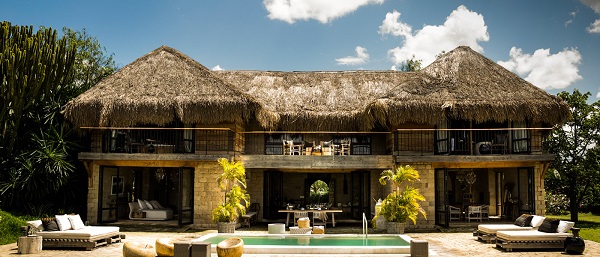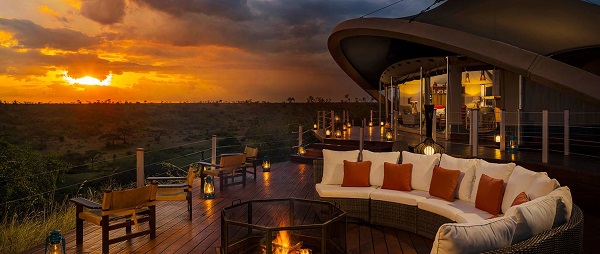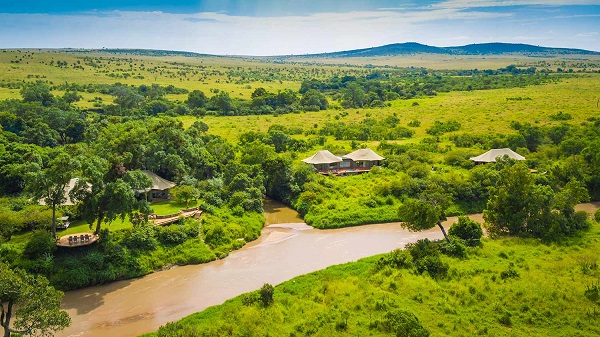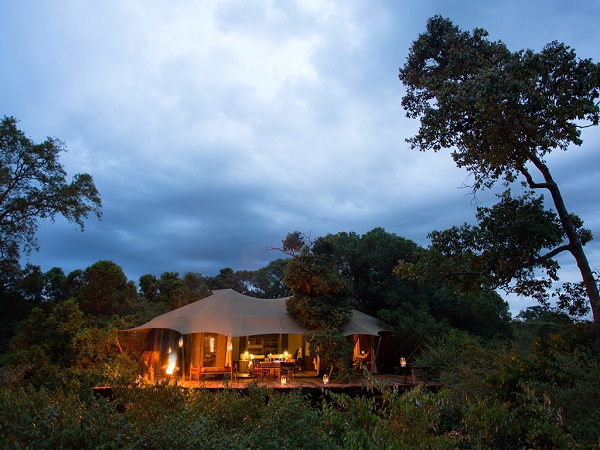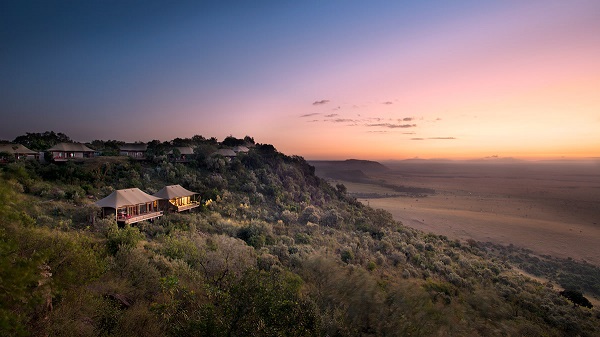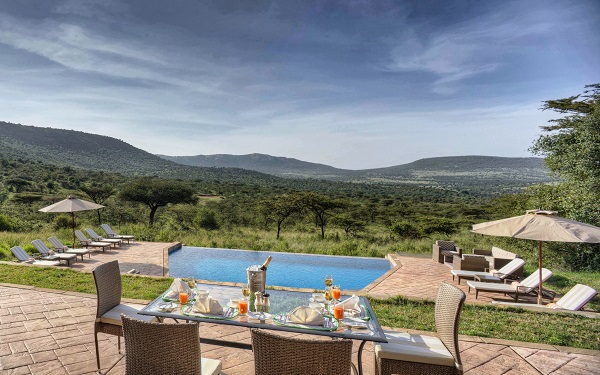The Southern Kenya region lies south of the Equator and is characteristically dry – the quintessential savanna wilderness. Each safari destination is unique, and no one park is comparable to the next.
HIGHLIGHTS
Tsavo National Park
The infamous duo lions with a taste for human blood roamed the Tsavo region during the construction of the Kenya-Uganda railway in 18th Century. This unfortunate event gave rise to the popularity of the park, home to “The Man Eaters of Tsavo”.
The railway line split the expansive 21,000 sq. Km park into Tsavo West National Park and Tsavo East National Park – combined, it forms the largest park in Kenya. It is in close proximity to Chyulu Hils on the East while Taita Hills (a magnet for wildlife due to the abundance of salt rocks) and Lumo Community Wildlife Sanctuary lie on the West; and Tanzania farther west. In fact, Lake Jipe lies on this border – a perfect camping spot.
A visit to the park – with its dramatic scenery, sense of space, diverse habitat and rich history – makes for an evocative experience for anyone, connecting man and nature in a splendid manner.
Tsavo West National Park
Mzima springs, almost synonymous with this park; is a series of four natural springs (source believed to be Chyulu Hills) that feeds a pool and a subsequent papyrus-fringed stream. This is the main source of water for Mombasa residents – and wildlife of Tsavo. A thatched hut on the pool conceals a glass-viewing-tank from which a healthy number of hippos, various types of fish and other aquatic life can be safely observed, unperturbed.
The ethereal appeal of this park is simply magical; the luxuriant vegetation around Mzima springs contrasts with the “whistling” acacia trees in the dry plains that can be heard miles away atop the rocky hills. The peak of Mt. Kilimanjaro can be viewed from the same vantage point.
Beyond Mzima Springs, a volcanic Lava Flow mountain sits in the background whose emissions of black lava stretch a cool 8 Kms towards Chyulu Hills – The locals named this natural phenomenon “Shetani” Lava (meaning the Devil’s Lava in Swahili).
The peculiarity of this park does not stop there. Elephants “bathe” in this park’s distinctively bright red soil giving them a red tint (well known as the “red elephants” of Tsavo). Maneless Lions, Fringed-eared Oryx, Klipspringer, Striped Hyenas and the occasional Caracal are some of the top attractions of this park. To top that up, this is the only park in Kenya abounds with baobab trees. Elsewhere, these can be spotted in Mombasa.
Tsavo East National Park
The landscape of this park is not different from that of its twin park, Tsavo West National Park, but with one exception – it has a colossal waterhole (instead of Mzima Springs).

